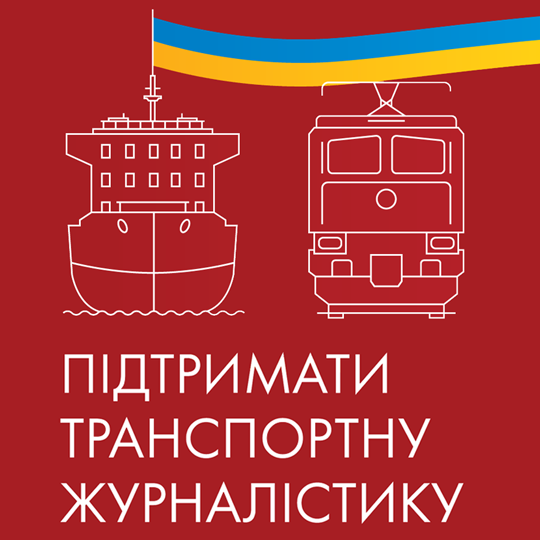Containers of imported goods are taking a circular route - through Baltic ports and Ukraine’s overland border crossings - because of the rigidity of customs procedures at Ukrainian ports. Ukraine’s Deputy Minister of Infrastructure Yurii Vaskov expressed this opinion during the international economic forum "Ukraine: Investment Opportunities in Logistics" (Hamburg), the RZD-Partner publication reports.
"Today, part of the cargo from China, for example, enters Ukraine not directly but through the ports of Gdansk and Hamburg despite the great difference in the length of the route. The reason is that customs procedures in ports are significantly more bureaucratized than procedures on land borders," Vaskov said.
As reported, work to deregulate business - introduction of new, simplified control mechanisms and processing of vessels and cargoes that eliminate corruption and reduce the costs of ship and cargo owners - began in Ukrainian ports in September.
According to the deputy minister, simplification of customs procedures should be the new task in the context of improving the attractiveness of Ukrainian ports. "For deregulation in ports to become more efficient, we need the support of the State Fiscal Service. Together with it, we should create equal conditions for carriers at all border crossings and bring Ukrainian customs procedures to the European level," Vaskov concluded.
Infrastructure Minister Andrii Pyvovarskyi also spoke about the reduction of the competitiveness of Ukrainian ports on the international transport market. "The main reason for the outflow of transit is the excessive bureaucratization of Ukrainian ports. While our competitors - Constanta, Novorossiysk, and the Baltic ports - have increased cargo traffic by simplifying procedures, reducing port charges, improving infrastructure, and attracting investors, we have lost competitiveness by standing still or, conversely, complicating procedures," he said.




